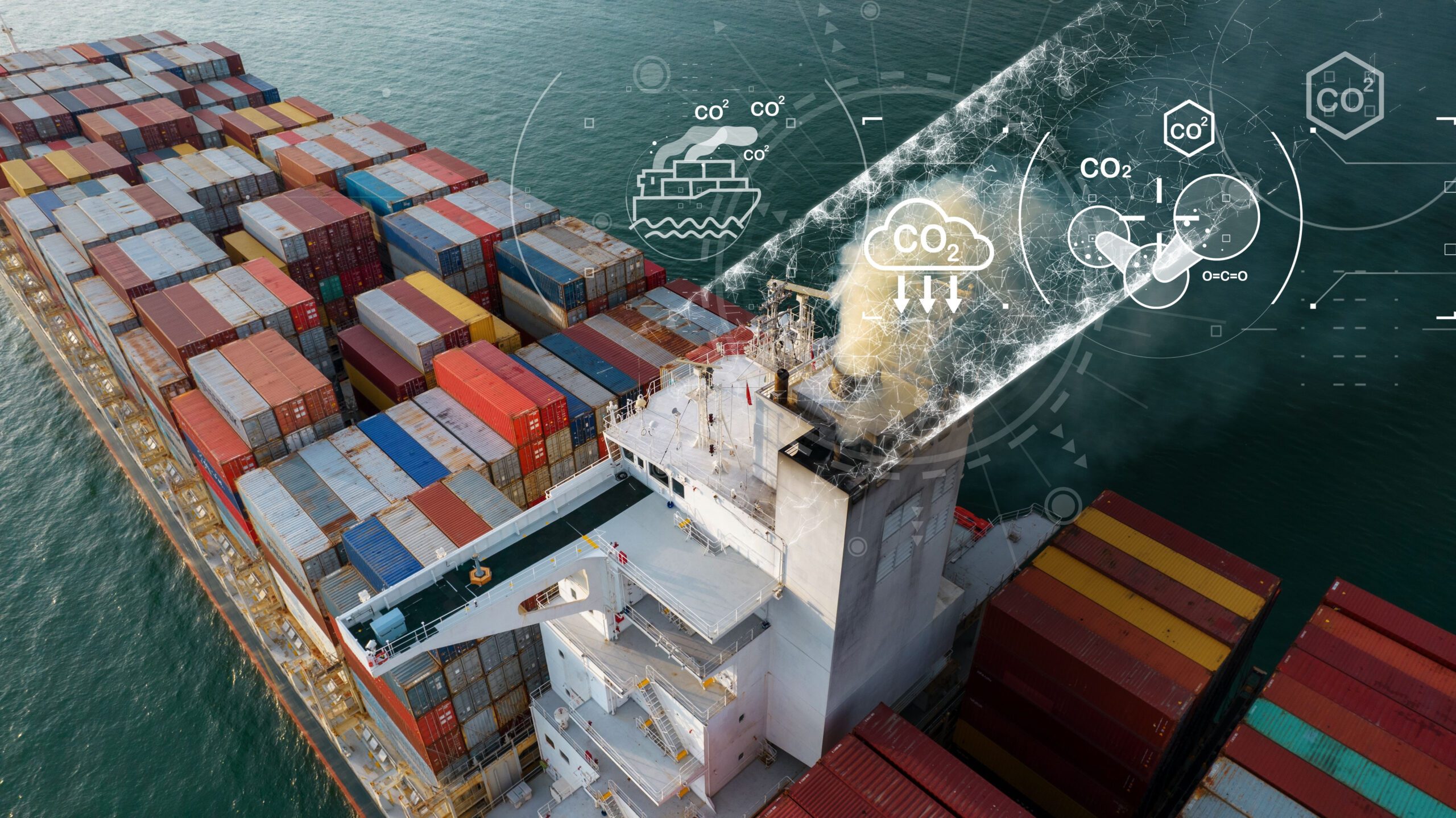For the past couple of years, the industry has been bracing for a significant regulatory shift with the inclusion of maritime emissions in the EU-ETS. Despite facing opposition, notably from Mediterranean countries as recently as November 2023, the industry has been gearing up for this change, now in force.
The shipping industry operates within a complex market structure where vessel demand, eco-efficiency, and fuel prices all intertwine. In challenging market conditions, eco-friendly vessels are preferred due to their higher fuel efficiency and alignment with ESG principles. Conversely, in prosperous markets, while eco vessels are prioritised, the increased demand also elevates the rates of conventional vessels. As COP28 winds down, we highlight the unanimous decision to abandon fossil fuels, sending a strong message to investors and policymakers. The declaration to triple nuclear energy, endorsed by more than 20 countries, underscores the commitment to global net-zero greenhouse gas emissions by 2050. Significant financial investment, from both the public and private sector, is essential for the shift to green fuels, yet insufficient alone. Scaling up the use of green fuels involves not only increasing production, but also upcycling of seafarers, technological advancements in infrastructure development in ports, in ship design and retrofitting. Therefore, cross-industry supportive regulatory frameworks at national and international levels, such as the EU-ETS, are critical towards aligning shipping with broader carbon market mechanisms.
While the aim might be a global carbon tax to fast-track decarbonisation, the EU-ETS serves as an excellent initial stride spurring developments. The system not only addresses emissions from our sector, which were previously not subject to carbon pricing, but it also establishes a framework for immediate, impactful change throughout the maritime value chain. Complying with the EU-ETS will undoubtedly escalate regulatory complexities and environmental accountability, increasing expenses for companies exposed to the regulation that exceed emission limits. However, it is crucial to view these challenges considering the broader opportunity they present. Data accuracy and reliability are paramount for EU-ETS reporting, as they are essential in assessing a vessel’s environmental impact and sustainability progress. Currently, the maritime value chain faces challenges in data collection and reporting due to fragmentation and the use of diverse technology platforms and internal systems, leading possibly to a disjointed understanding of industry operations. On the brighter side, integrated solutions exist already to address these challenges. Platforms like our very own Maritime Carbon Solutions offer data-driven insights and analytics to enhance vessels’ performance and reduce emissions. By centralising data from various sources, such platforms can provide comprehensive recommendations to optimise voyage plans, improve earnings, and forecast performance.
As auctions on the primary EUAs market resume this week after almost a one-month pause, and we are just two weeks into the integration of shipping into the EU-ETS, we expect the shipping industry’s diverse stakeholders to continue to show a united front in developing cleaner technologies and lower carbon energy sources.
